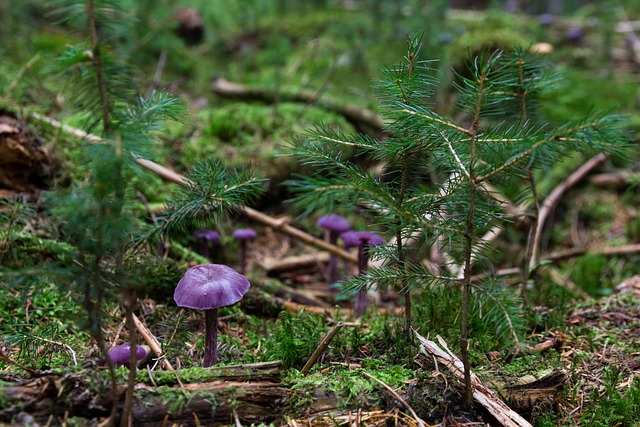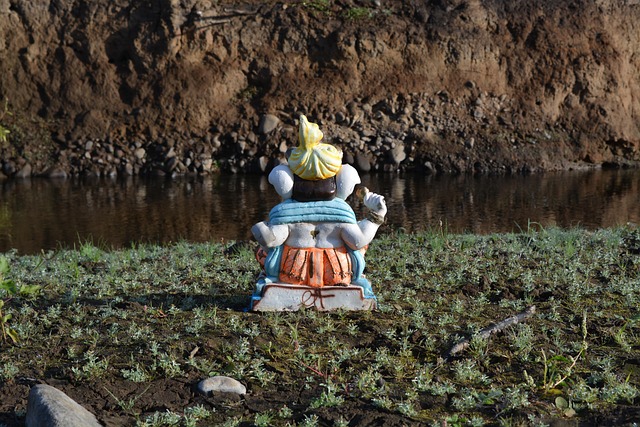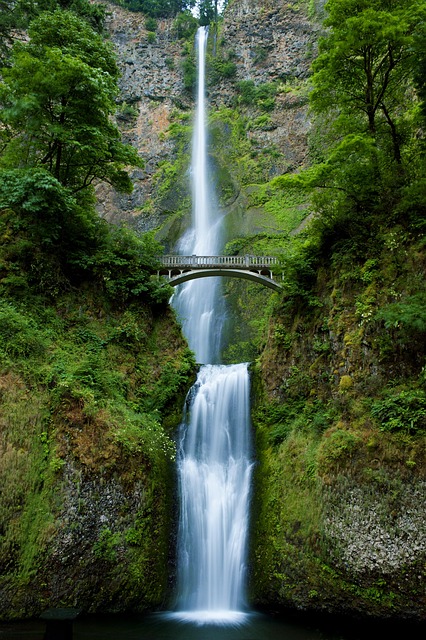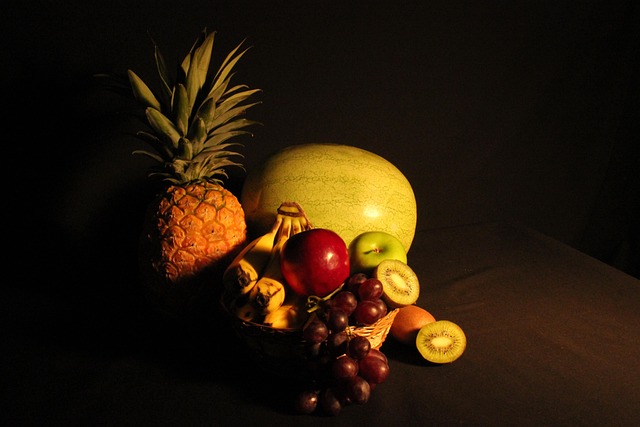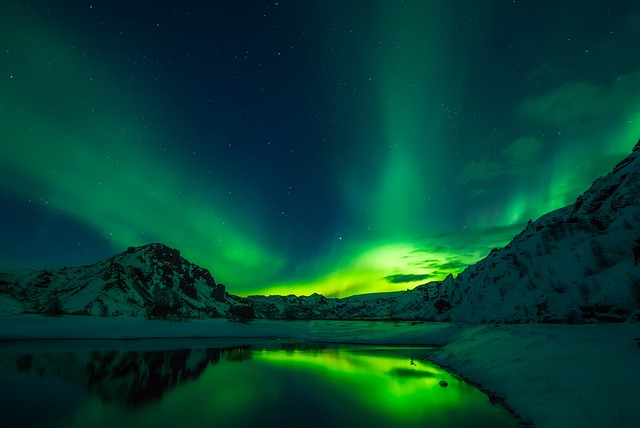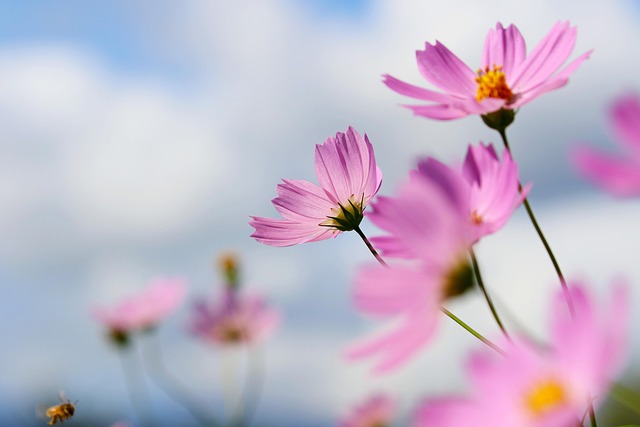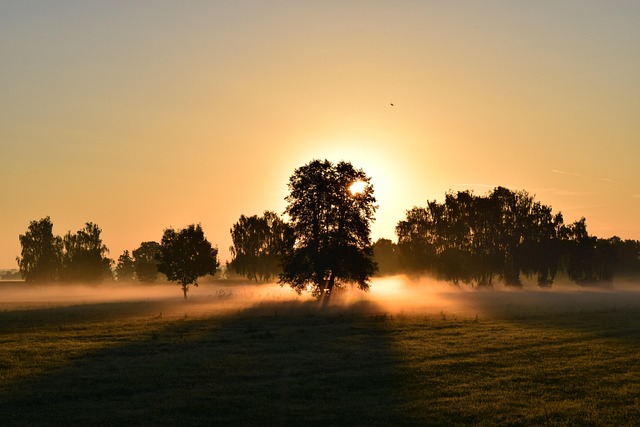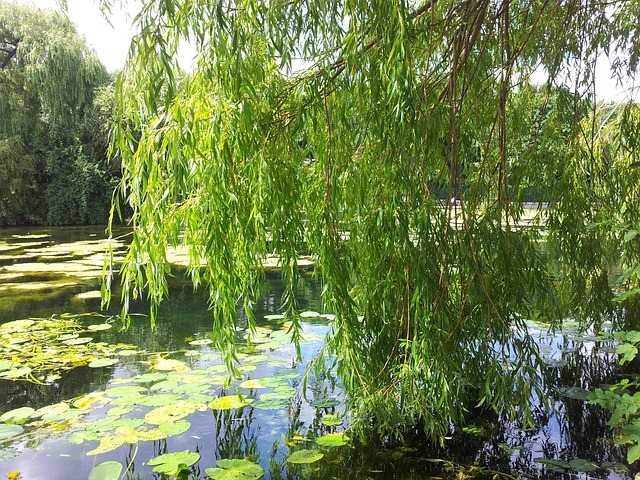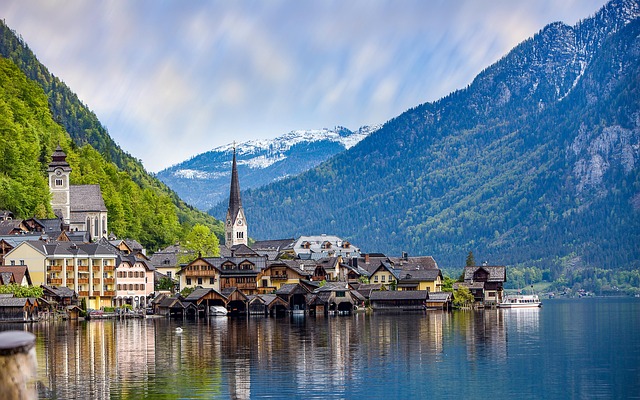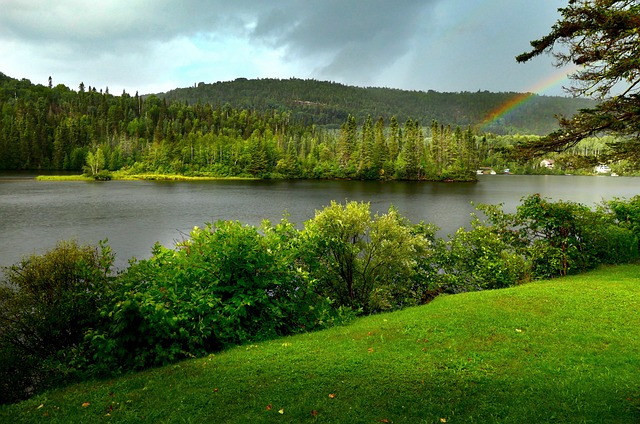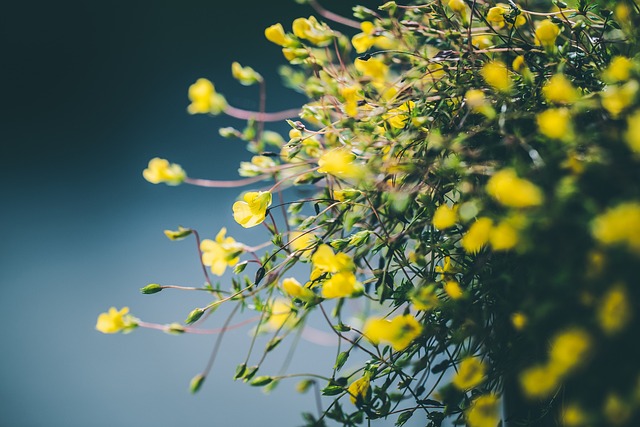Botanical gardens within urban parks enhance art installations by offering lush, sensory experiences. These curated natural spaces transform concrete jungles into captivating destinations, encouraging community engagement and appreciation for both art and nature. Interactive sculptures, sound installations, and multi-sensory displays integrate artistic creativity with botanical beauty, fostering deeper connections to the environment.
Urban parks, often bustling hubs of activity, can be transformed into serene oases with the strategic integration of art installations. This article explores how these creative additions enhance urban spaces, particularly through the lens of botanical gardens. We delve into design strategies that engage the public, bringing nature closer to city dwellers and fostering a deeper connection with their surroundings. Art installations in parks offer a unique blend of aesthetics and tranquility, revitalizing green spaces for all to enjoy.
- Enhancing Urban Spaces: The Role of Botanical Gardens
- Art Installations: Bringing Nature to City Dwellers
- Design Strategies for Engaging Public Spaces
Enhancing Urban Spaces: The Role of Botanical Gardens
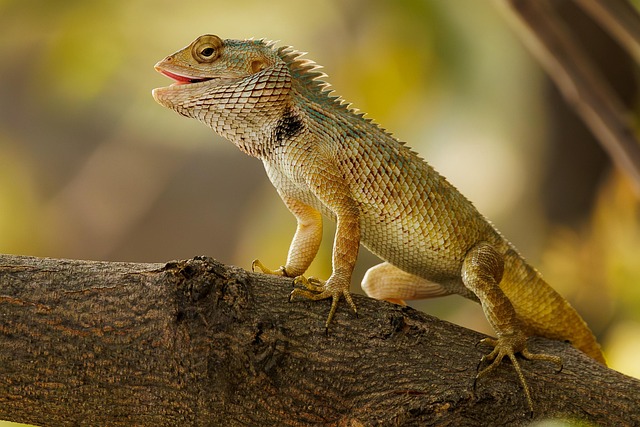
Urban parks with art installations bring a unique blend of creativity and natural beauty to city landscapes. Among the various elements that contribute to this harmonious fusion, botanical gardens play a pivotal role in enhancing urban spaces. These lush oases within the concrete jungle not only provide a respite from the hustle and bustle but also serve as vibrant backdrops for artistic expressions.
Botanical gardens offer diverse flora, meticulously curated to captivate the senses. The interplay of colors, textures, and scents creates an immersive environment that complements art installations. By integrating these natural features, parks become dynamic spaces where visitors can appreciate both the beauty of nature and the creative prowess of artists. This symbiotic relationship enriches the urban experience, transforming parks into cultural hubs that foster engagement and community spirit.
Art Installations: Bringing Nature to City Dwellers
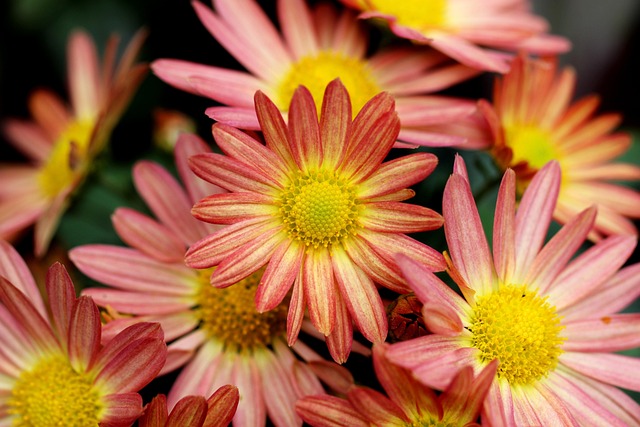
Art installations in urban parks serve as a gateway to connect city dwellers with nature, offering a unique and immersive experience. These creative additions transform bland landscapes into captivating destinations, inviting visitors to slow down and appreciate the beauty surrounding them. By incorporating elements of botanical gardens, artists can craft enchanting spaces that reflect the vibrant ecosystem found in natural habitats.
Through carefully curated designs, art installations bring attention to the intricate details often overlooked in urban settings. From meticulously crafted sculptures mimicking tree structures to interactive displays highlighting local flora, these pieces encourage exploration and foster a deeper understanding of our natural environment. By integrating art into parks, communities create oases within the concrete jungle, providing residents and visitors alike with a respite from busy city life and a chance to reconnect with nature’s tranquility.
Design Strategies for Engaging Public Spaces

Parks, especially those with botanical gardens, offer a unique canvas for art installations that can transform public spaces into vibrant, engaging destinations. Design strategies should focus on creating interactive and immersive experiences that encourage visitors to explore and connect with their surroundings. Incorporating elements like sculptures that invite touch or movement, sound installations that respond to ambient noise, and multi-sensory displays that blend visual arts with flora and fauna can dramatically enhance the visitor experience.
These artistic interventions should complement the existing natural beauty of botanical gardens, using design principles that integrate art seamlessly into the landscape. Pathways can be strategically placed to guide visitors through curated experiences, while hidden gems encourage exploration. By blending art and nature, these installations not only beautify urban spaces but also foster a deeper appreciation for both the environment and artistic expression.

